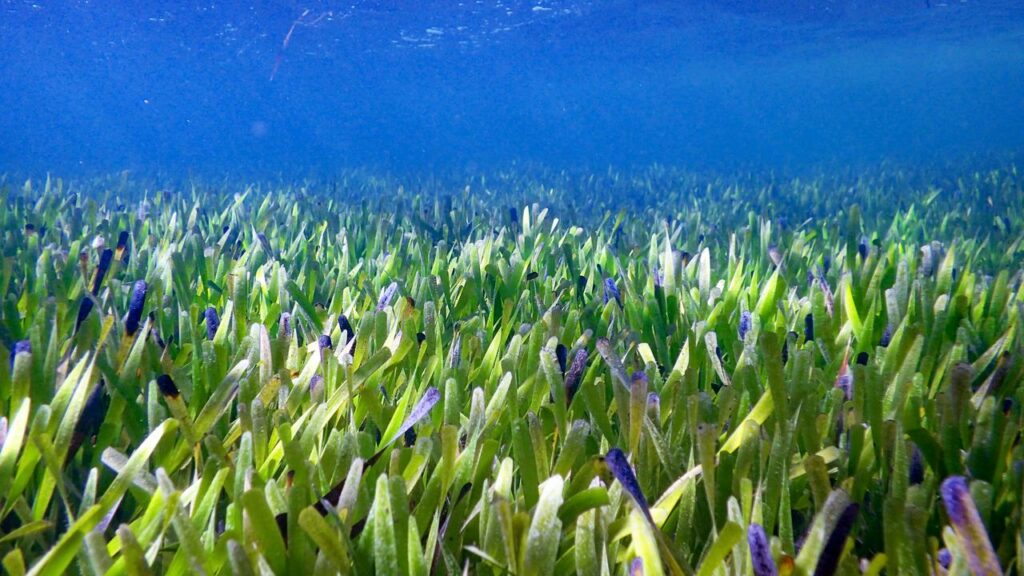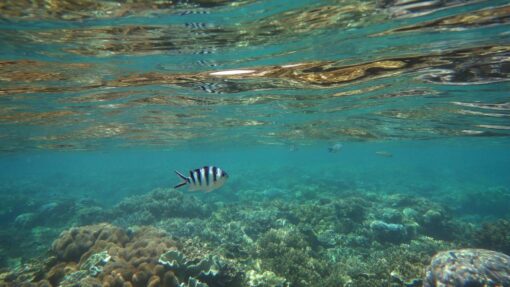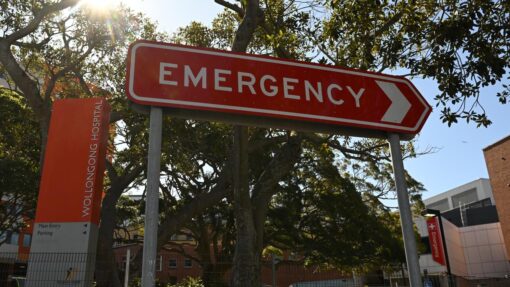Scientists to restore tropical seagrass
Robyn Wuth |

Researchers are trying to find ways to rehabilitate underwater meadows of tropical seagrass from Queensland’s Great Barrier Reef to the north of Western Australia.
Sprawling seagrass beds are home to thriving habitats, providing food for fish, dugongs and green sea turtles, but have come under increasing pressure from extreme weather and declining water quality.
Re-establishing and future-proofing the meadows is crucial and will create a blueprint to rapidly restore seagrass meadows in high-priority regions, according to James Cook University scientists.
“Seagrasses are critical ecosystems,” Associate Professor Michael Rasheed said.
“They provide habitat for fish, they power coastal marine productivity, and they sequester carbon to help combat climate change – but they’re under increasing pressure from extreme weather events, coastal development and declining water quality.”
Climate models point to a challenging outlook, with scientists expecting more frequent seagrass loss across tropical Australia.
As well as providing a nursery for many different species, seagrass meadows are also effective carbon sinks – more than 30 times better at removing carbon dioxide from the atmosphere than tropical rainforests.
The project will explore various regeneration methods, including using seeds and cuttings – similar to techniques for land plants in nurseries.
“We’re going to develop new techniques for tropical seagrass restoration, a blueprint for seagrass-friendly marine infrastructure, and restoration decision tools that can be applied at local and regional scales,” Prof Rasheed said.
AAP


